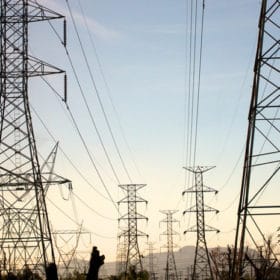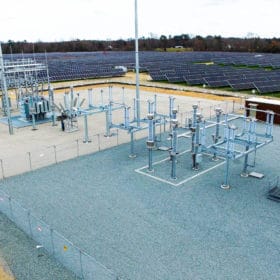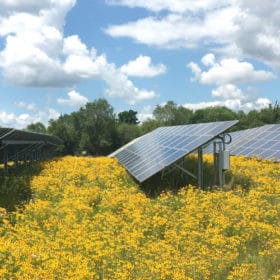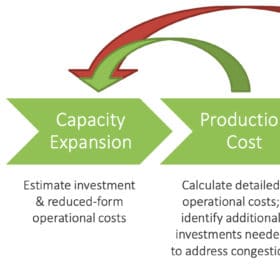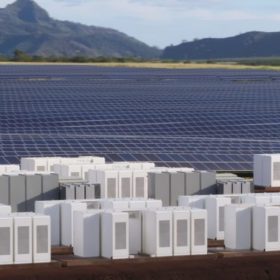Clean energy groups, allies call for overhaul of the transmission grid
18 organizations have come together to call on FERC to not only expand the nation’s transmission grid, but to change incentive and ownership structures to enable this. And while they did not say so explicitly in the comments, there are big potential benefits for wind + solar.
sonnen turns apartment complex into dispatchable solar + storage power plant
Local utility Rocky Mountain Power will use rooftop solar and 600 batteries at the Soleil Lofts community in Utah to supply demand response and manage peaks on its system, as the latest behind-the-meter contract.
California solar plus storage shows consistent installs, residential growth
CALSSA has obtained the interconnection data for California solar and solar plus storage for the first six months of 2019, showing significant volume of solar+storage in residential markets while commercial buyers are considering solar alone.
How would a Sanders Administration reach 100% renewables in electricity and transport?
Bernie Sanders may have the most aggressive plans for decarbonization of any presidential candidate. But there are questions as to how this would be achieved, on both a technical and an economic level.
Powerline for $4 billion of wind+solar approved
Wisconsin regulators have approved a powerline that would cross three states, bringing wind from Iowa east, and helping solar under development across the Midwest.
North Carolina looks nationwide for its “Clean Energy Plan” guidance
As required by Governor Roy Cooper’s Executive Order 80, the state has released a draft report of policy and action recommendations to help clean the electric grid – including a recommendation to decarbonize power by 2050.
Arizona’s potential to develop unbiased 15-year resource plans is up for grabs
An Arizona regulator has advocated for using a modeling tool being developed by Arizona State University, to help the state plan how to phase in more renewable energy. Yet the university’s initial plan for the modeling tool would not serve that purpose well.
California approves solar+school buses
California regulators have approved an SDG&E proposal to install 3,000 to 6,000 medium and heavy vehicle charging stations, as well as a vehicle-to-grid pilot where 10 school buses will be tested for use as grid assets.
80% renewables is cake – let the extremists argue over the rest
A general consensus among researchers is starting to arise, showing that reaching 80% wind plus solar across various markets in the United States can be done at pricing equal to or cheaper than the cost of electricity today.
Philly getting solar rebates, leadership changes at Duke: pvMB 8/13/19
It may only be Tuesday, but we’re glad you’re here with us reading today’s edition of the pvMB! In this edition we’ll be looking at Oregon State researchers confirming the value of solar on farmlands, Hyundai’s entry in the solar car game, a prefab tiny house with solar options and more!
